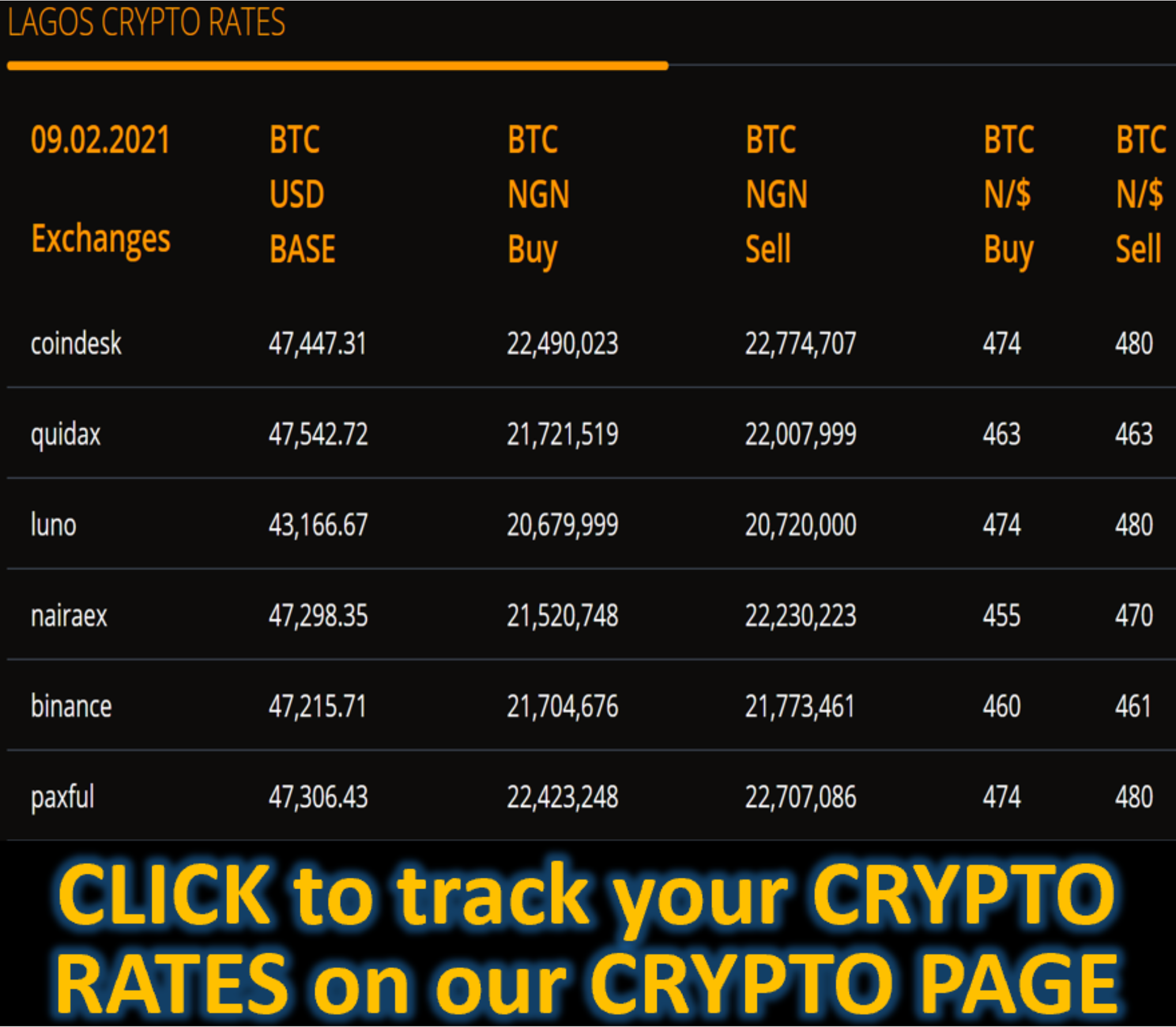Market News
What inflation data means for Bank of England's interest rate changes - YAHOO FINANCE
UK inflation accelerated more than expected in July due to higher food prices and airfares, raising the possibility that Bank of England (BoE) might hold off on cutting rates in the coming months.
Consumer prices were 3.8% higher in July than the same month last year, up from 3.6% in June, the Office for National Statistics (ONS) said. That increase was higher than the 3.7% expected by economists.
Inflation is likely to rise to 4% in the next few months and fall back to the bank’s 2% target in 2027, the BoE said previously.
Services inflation rose faster than expected from 4.% to 5%, as businesses were hit with higher costs.
Marcus Jennings, fixed-income strategist at Schroders, said: “With core inflation heading higher, beating market expectations, this brings further into question the Bank of England’s ability to ease interest rates in the near term.
“This was brought into focus by the closely watched services inflation measure rising more than expected to 5% year-on-year. That said, volatile airfares helped drive inflation higher over July, which could reverse in coming months.
“Inflation in the near term was always going to put greater emphasis on the labour market getting weaker to justify interest rate cuts. Today’s upside surprise only reiterates this further.”
The figures complicate the picture for the BoE as policymakers decide whether they can cut interest rates again to boost the economy.
The economy slowed to gross domestic product (GDP) growth of 0.3% in the three months to June, down from the 0.7% in the first quarter of the year.
Suren Thiru, economics director at ICAEW, said: “July’s outturn probably extinguishes hope of a September interest rate cut, while strengthening underlying inflationary pressures calls into question whether policymakers will be able to relax policy again this year."
Elliott Jordan-Doak, senior UK economist at Pantheon Macroeconomics, said: "The big picture remains that inflation is set to stay miles above target for the foreseeable future; we expect headline inflation to remain above 3% until April 2026, forcing the MPC to stay on hold for the rest of this year at least."
Andrew Wishart of Berenberg believes policymakers will not cut rates again this year as upward pressure on inflation from global food prices and energy would likely peak in the third quarter.
“The 5% in services prices in July is sufficient to keep headline CPI inflation at 2.5% even if prices in all other categories stopped rising.
“A few signs that companies have lost pricing power and that wages growth has shifted onto onto a definitive downward trend give us some confidence that services inflation will ease next year.
“We therefore expect the Bank of England to cut interest rates twice more in the first half of 2026 to 3.5% after a pause in the remainder of 2025.”
Traders see a roughly 50% chance of another quarter-point cut this year, according to swap markets.
"The Bank of England faces a difficult balancing act between lowering inflation and boosting a sluggish economy. Given that several of the current drivers of annual price increases are one-off policy changes, we think the Bank may look through them and cut interest rates one more time this year," , Monica George Michail, associate economist at NIESR, said.
"However, there remain upside risks, especially from food prices and sustained wage pressures, which will force the Bank to remain cautious," she added.
The Bank of England will announce its next interest rate decision on 18 September.









